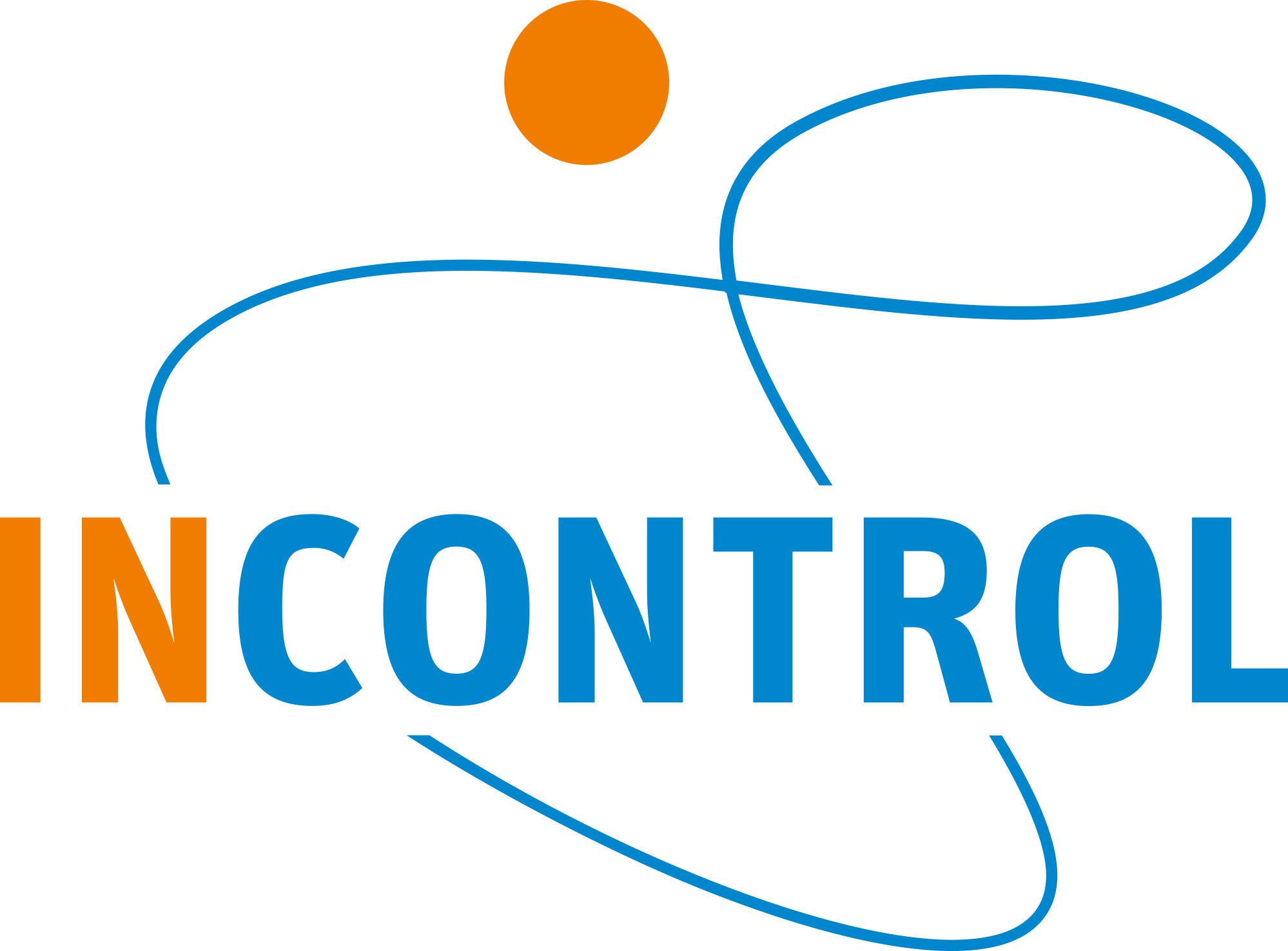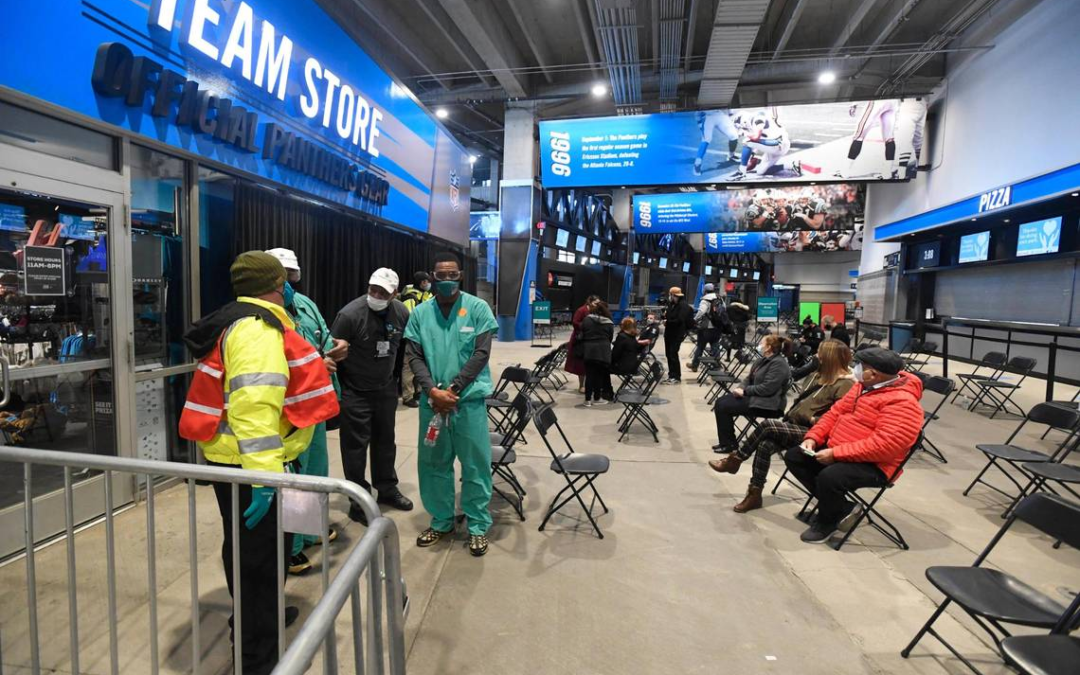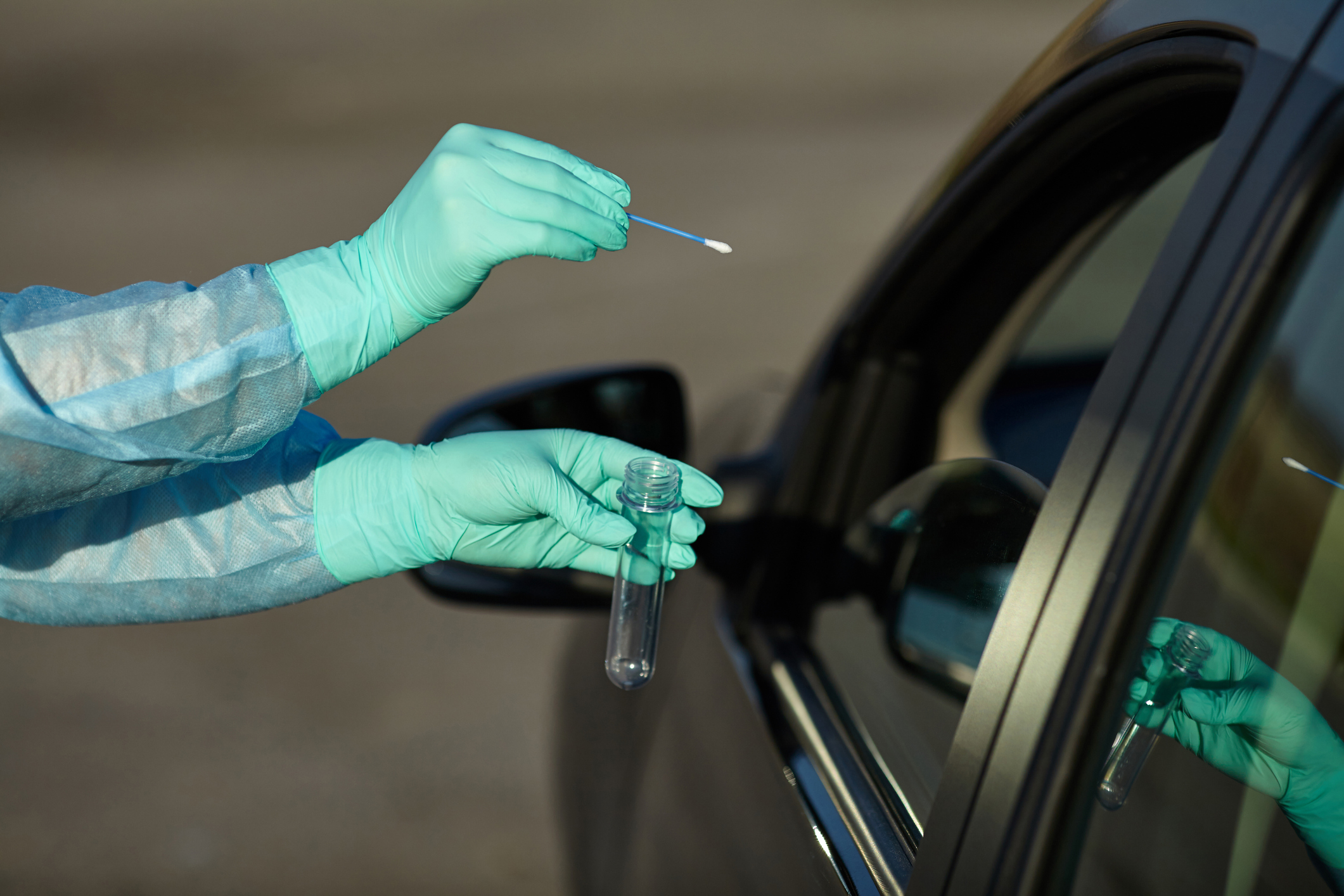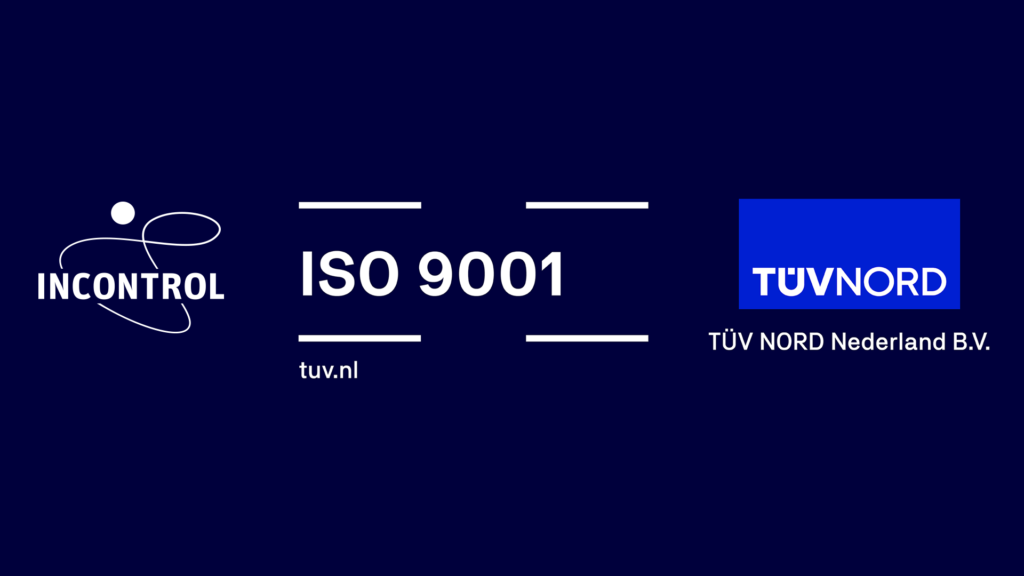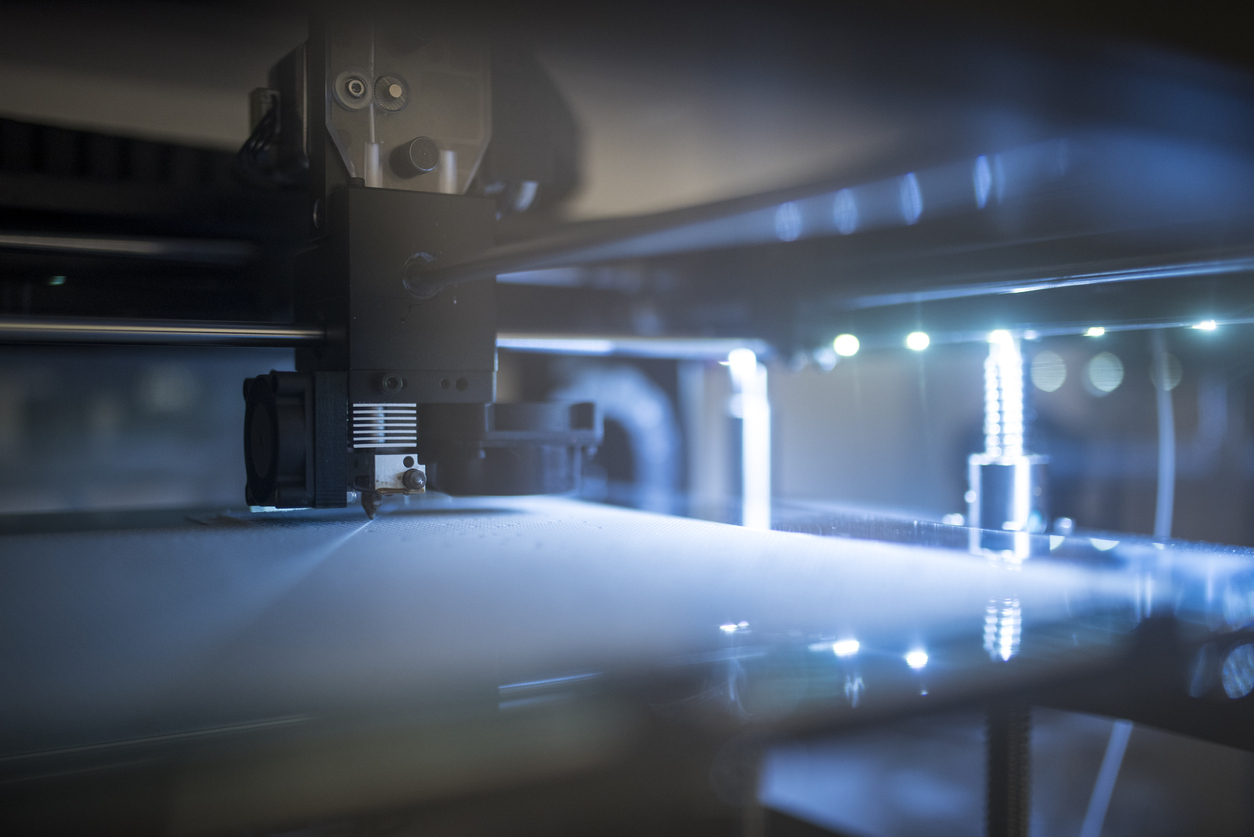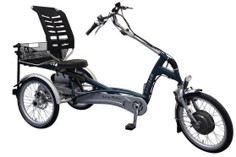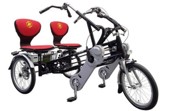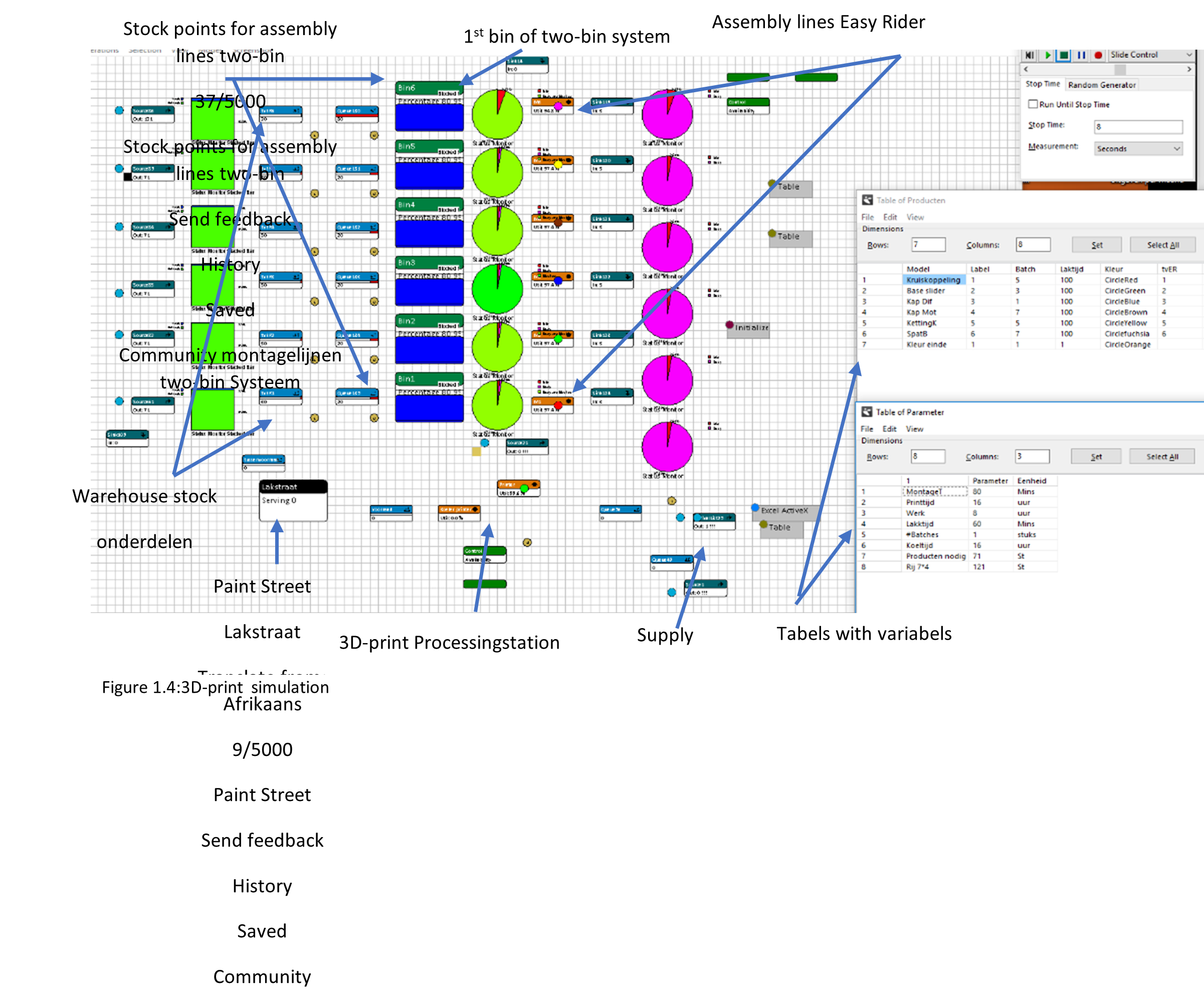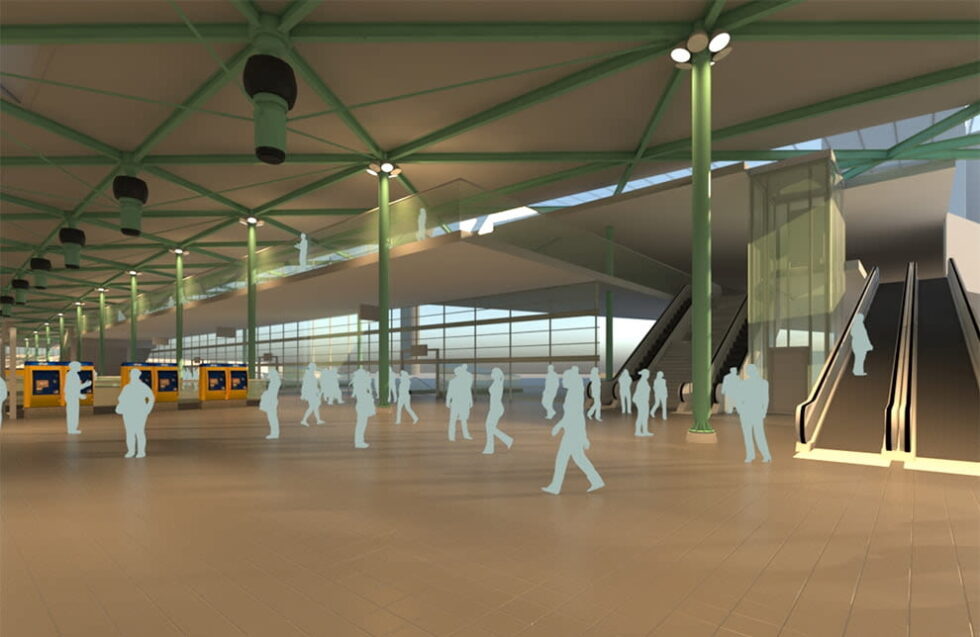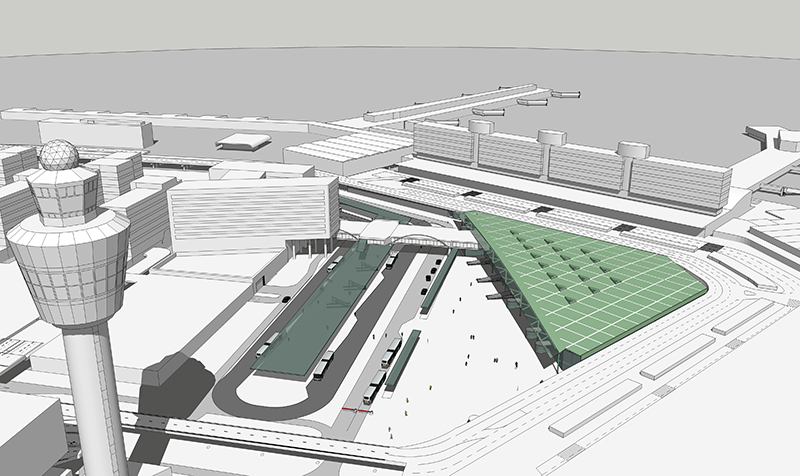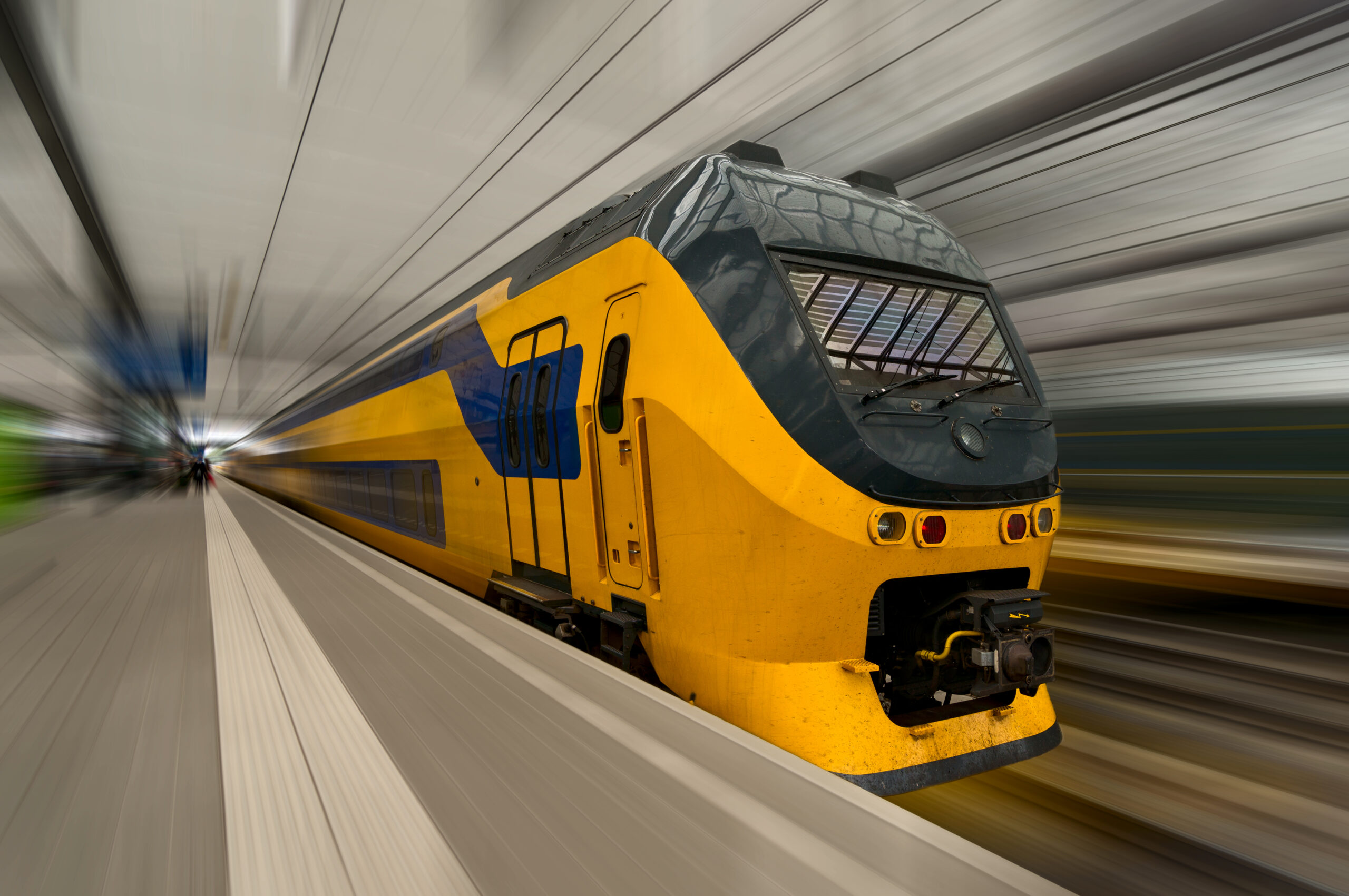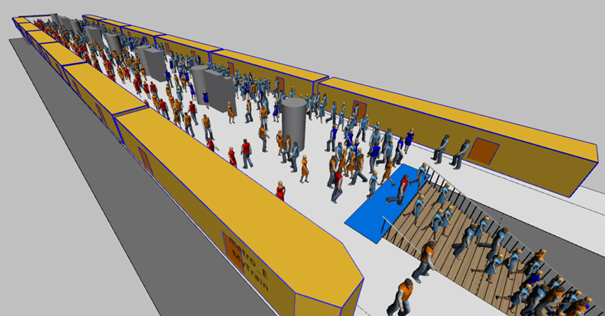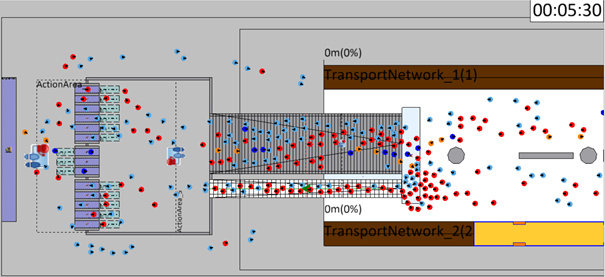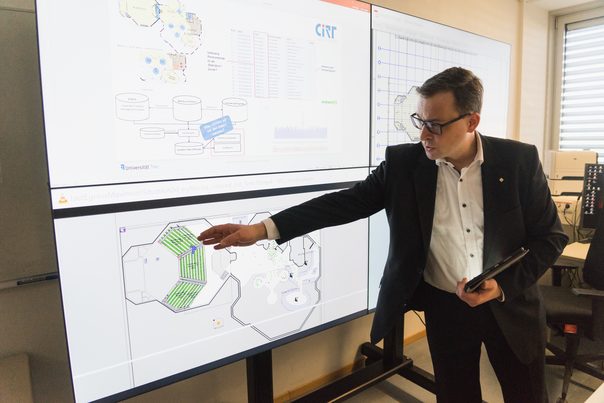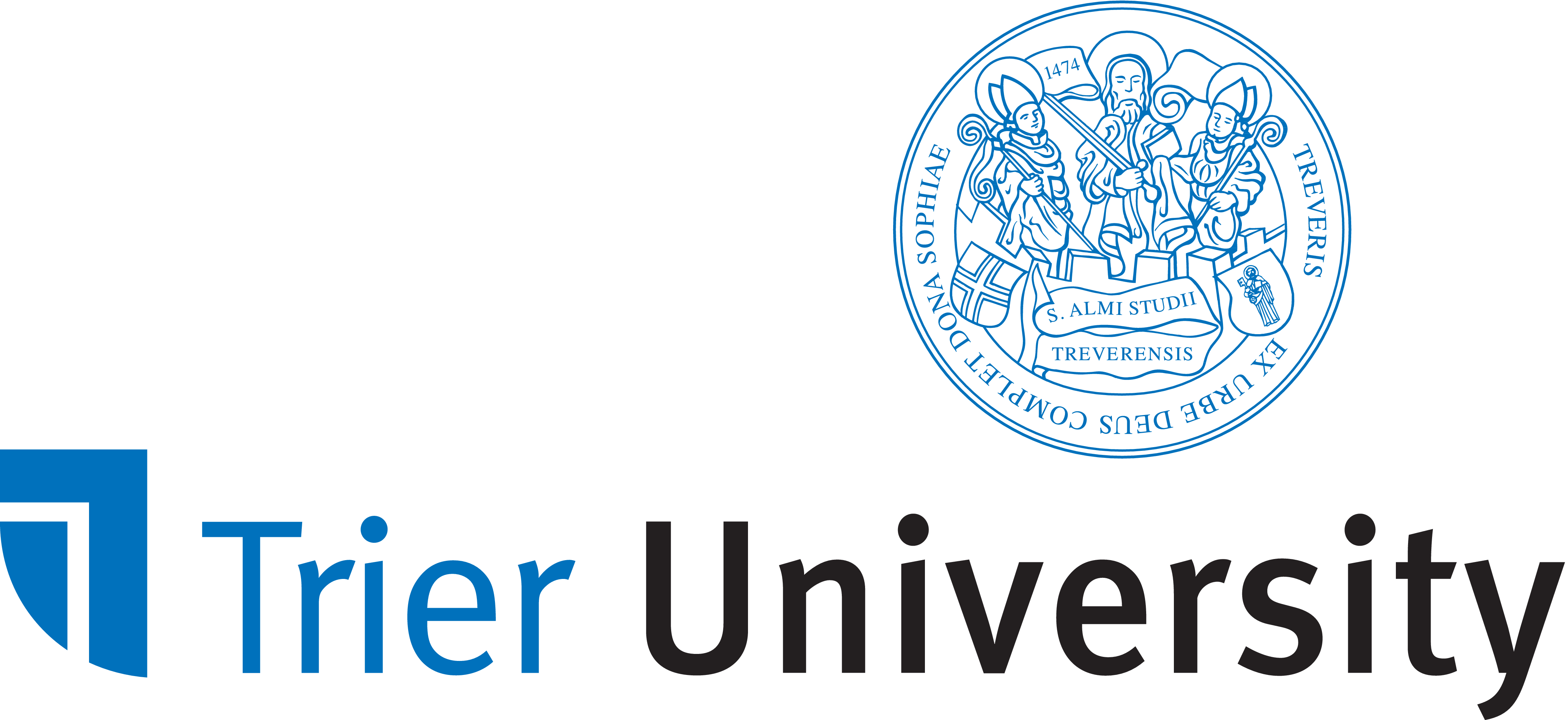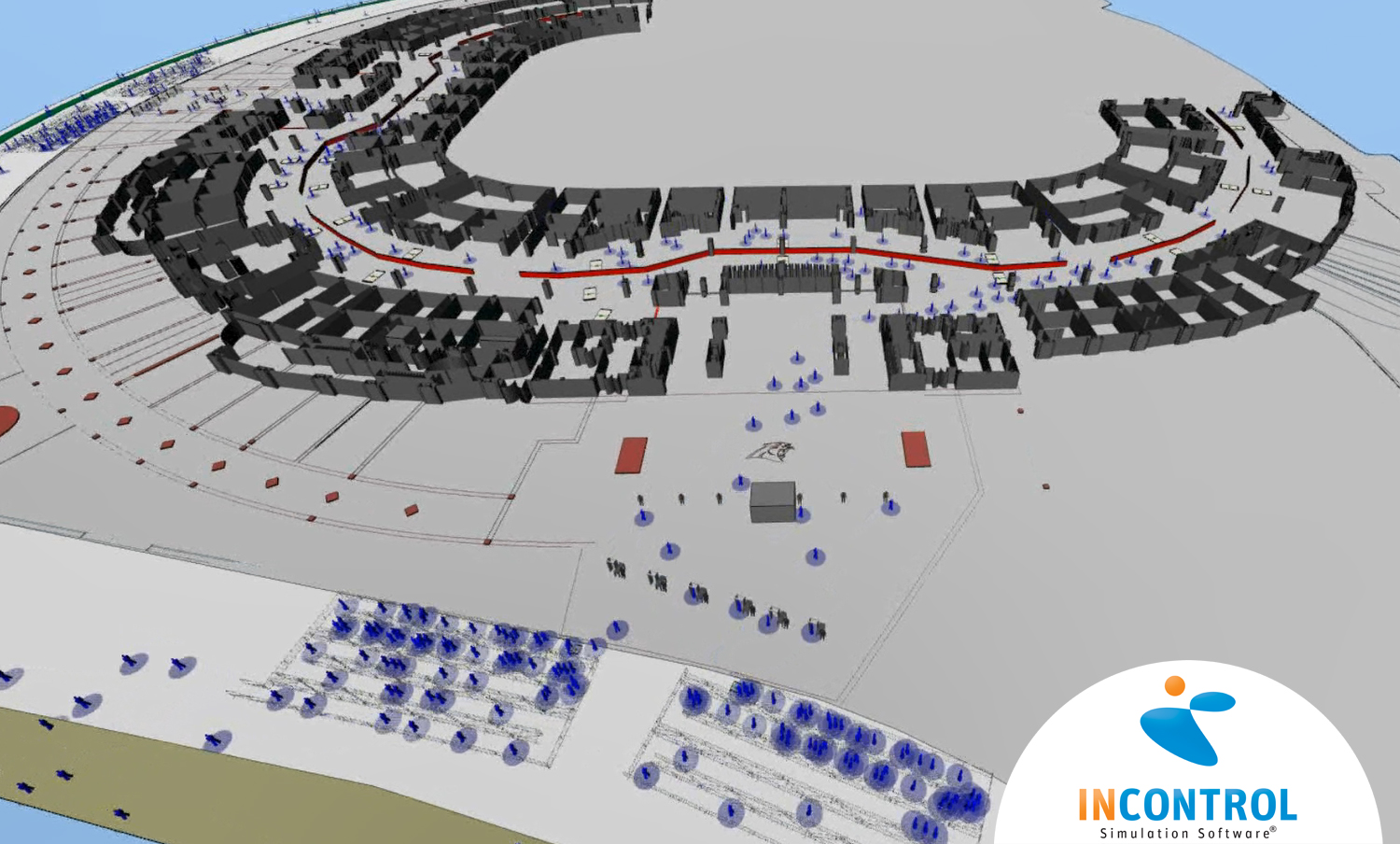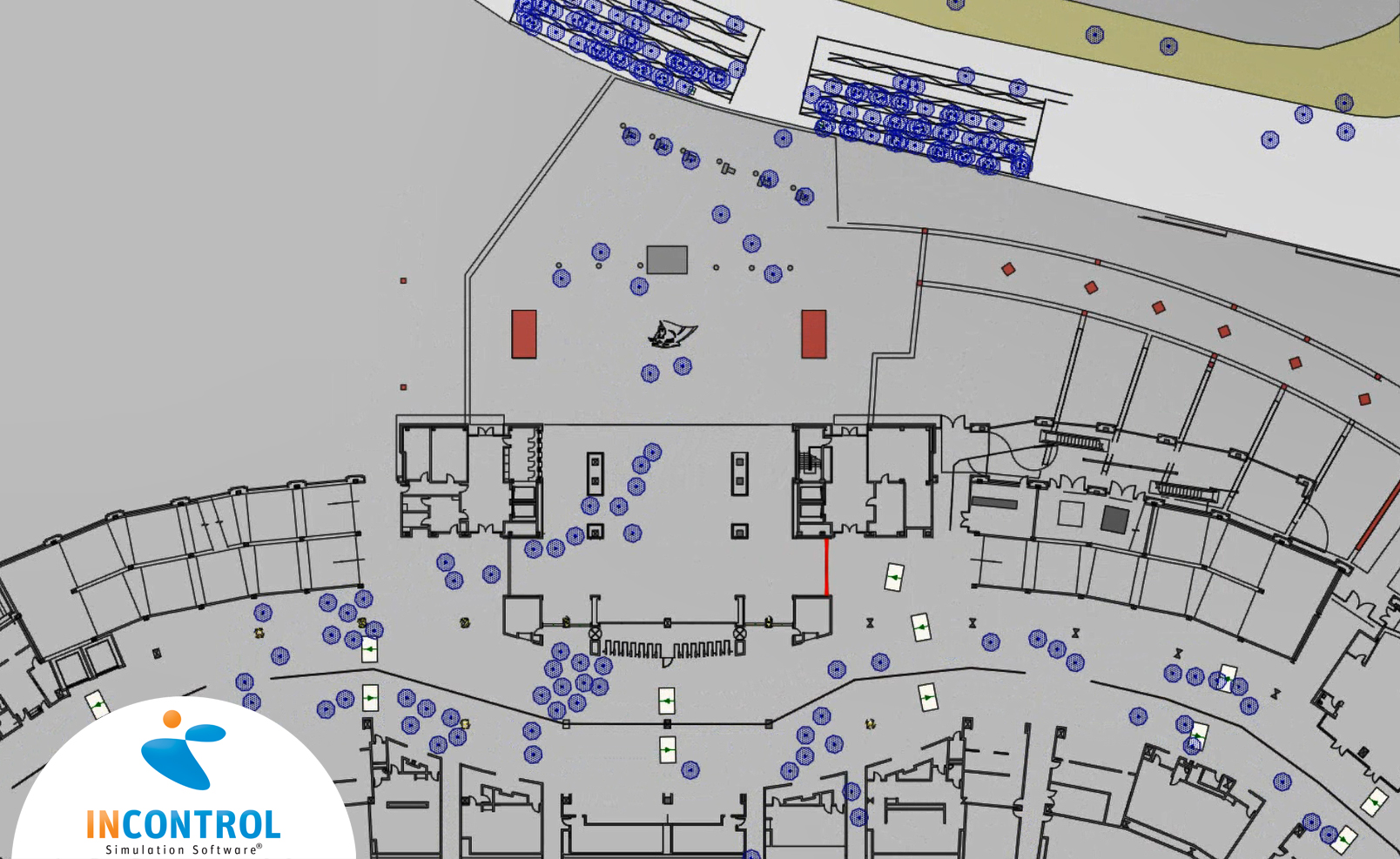EES implementation runs smoothly due to simulation software of InControl
Only a year to go and a new control system must be implemented at all external border locations in Europe. The EES will be mandatory from the 2022. EES stands for European Entry / Exit System and this system regulates the digital registration of all non-European passenger traffic. The stamps in passports will be part of the past and in addition to personal data, the registration and control of fingerprints and facial recognition will also be obligated.
The European member states are responsible themselves for the organization and registration of EES at their own external borders. Collaboration and innovation are key words for a successful and, above all, smooth/seamless border control. It is and it will remain absolutely necessary to control border capacity both from a passenger and (FedPol) staff perspective. Border locations most of the time have to be (re)designed. This is important in order to guarantee the safety and security of the passengers and residents of the host country against pandemics, persons with terrorist motives or other calamities.
Predict passenger flows
InControl is an indispensable partner for predicting crowds at border areas: airports, seaports, cruise terminals and train stations. With the simulation models of InControl, passenger flows can be made transparent and therefore better monitored and enforced. Thanks to the software it is possible to create analysis, impact- and what-if scenarios, 2D and 3D models and relevant instructions for staff and passengers. With these forecasts safe and smooth/seamless passage of passengers is ensured.
Gain insights with predictive analysis of InControl
Every border location is different and the intensity of use of those locations differs per season, per week, per day and even per moment. During the holidays it is busier at the (air)ports and train stations. And as a widebody aircraft fly in from outside of Europe, there will be a peak moment that should be anticipated and addressed. By making this transparent in advance with simulation models, a lot of very important issues can be taken into account. For example the layout and size of the border area, the installation of counters, (mobile) kiosks and hiring of adequate and sufficient (FedPol) staff. With simulated models and scenarios you can prepare and fulfil a smooth border operation. In short, be prepared very specifically for the purchase of hardware, software and staffing.
The role of simulation software is extremely useful for capacity planning by predicting and limiting waiting times, for making cost estimates, and above all ensuring the safety of passengers and residents of Europe. We will support you to meet EES-ruling in an efficient and effective manner.
Would you like to know what InControl can do for you and your organization? Please do not hesitate to contact us. We are happy to tell you about our experiences and expertise.
